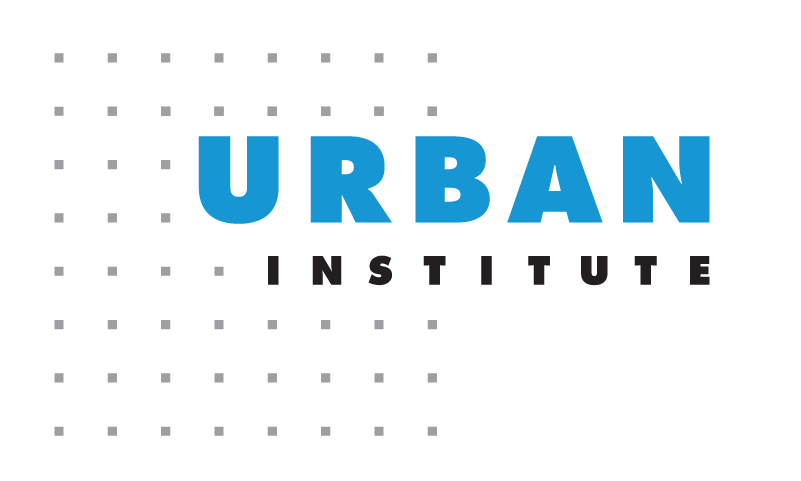Q: Why did CAPGI move from George Mason University to the Urban Institute?
A: GMU was a great place from which to research and launch the CAPGI project. Len Nichols retired from George Mason in May 2020 so that he could devote 100% of his remaining working time to making collaborative and sustainable financing of social determinants of health a reality in different communities across the US. With his co-author Lauren A. Taylor and amazing colleagues described under TEAM on the home page, success now seems possible. The Urban Institute has a long history of research on public policies designed to improve equity and opportunity, as well as an array of scholars who are also working on multi-sector projects, and the Health Policy Center is at the nexus of much of this work. Len will be non-resident Fellow there for the forseeable future.
Q: How many communities are involved with CAPGI now?
A: 10.
Q: Can other communities get involved and get technical assistance now?
A: Yes, let us know of your interest in pursuing a collaborative approach to social determinant investments, fill out the Community Coalition Checklist from our home page, and email [email protected]. We are seeking funding now to be able to implement the model in the 10 communities that started with us this spring, but if know others are interested we would be glad to add you to the conversations we are having.
Q: What is the single most important factor to being “ready for CAPGI?”
A: Your working group or coalition needs to have been meeting and working together long enough to have built up a level of trust and mutual respect, typically but not always this takes 3 years or more. The health care stakeholders among you — hospitals, health plans, etc — must be aware that while they could benefit from upstream investments that address the social determinants of health, others will benefit too, and they must be ok with that. Someone needs to be able to play the role of the Trusted Broker, someone everyone else trusts with confidential information who also has convening and managerial capabilities. Finally and most importantly, there must be a strong commitment to equity — racial, ethnic, and socioeconomic — that drives the willingness to collaborate to improve people’s lives in your own community.
